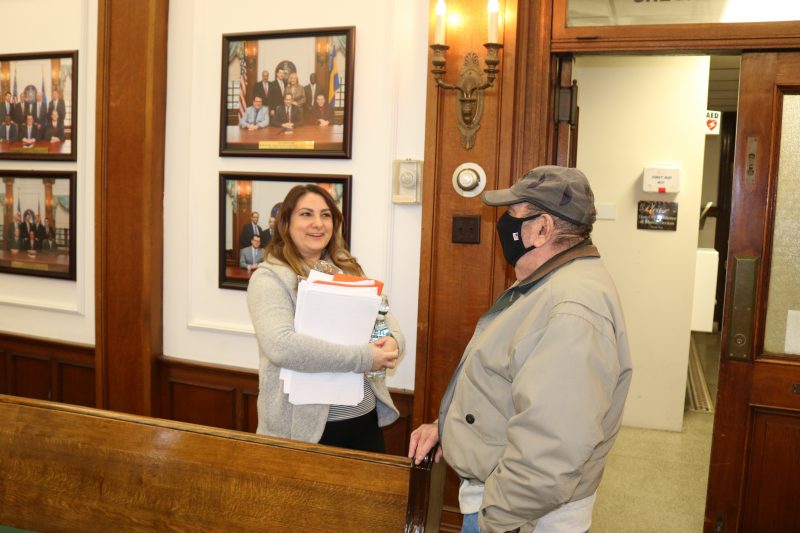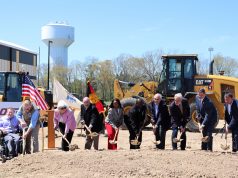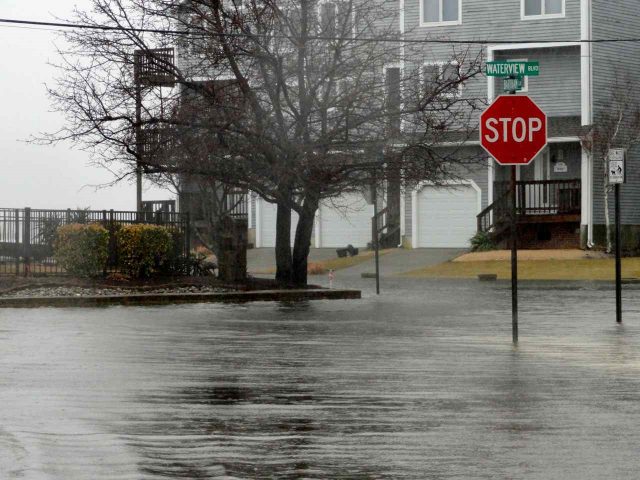
By DONALD WITTKOWSKI
Marty Mozzo recalls when stormwater would swamp Ocean City’s flood-prone Merion Park neighborhood for days, leaving homeowners trapped in their houses unless they ventured outside wearing fishing boots.
The city finished the first phase of a flood-mitigation project in Merion Park in 2014, including three new stormwater pumping stations, drainage pipes and road reconstruction. But Mozzo and other Merion Park homeowners have waited patiently the last seven years for the second phase to be completed to give the neighborhood even more protection from flooding.
“I’ve been bugging them for a while,” Mozzo, who lives on Westminster Lane, said of his talks with city officials.
He may not have to bug them anymore. In a key step for the project, City Council awarded a $325,600 consulting contract Monday for conceptual designs for the second phase of Merion Park’s flood-control plan.
Michael Baker International Inc., an engineering firm that designed the first phase of the project, will develop the conceptual plans.
Mayor Jay Gillian noted that Merion Park is one of the areas that are part of the city’s comprehensive flood-control strategy to protect neighborhoods that are particularly vulnerable to stormwater.
“It’s a continuation of our flooding projects,” Gillian said of Merion Park in an interview after the Council meeting. “We have an island-wide plan. We try to get to each area that we can. I think we have been doing a great job in the last 12 years.”
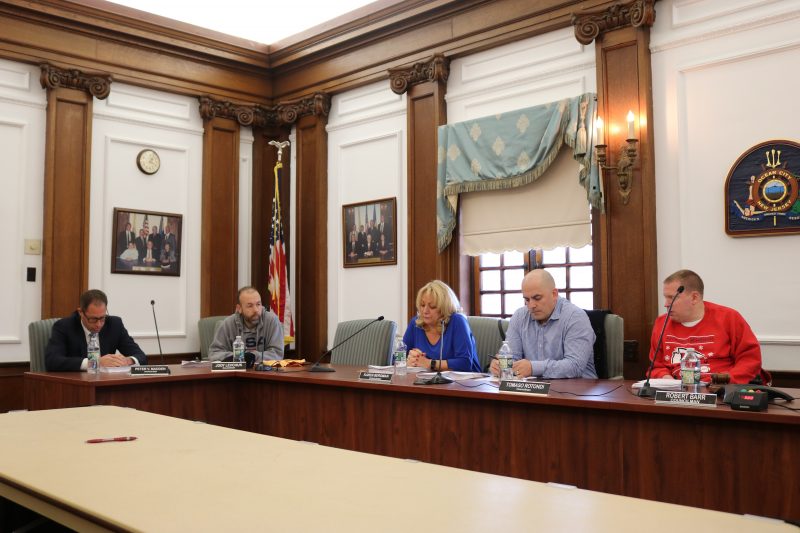
As announced during a town hall meeting in December 2020, Ocean City plans to spend about $25 million in the next five years for flood control citywide. The plan includes new pumping stations, road construction, drainage systems, berms, retention walls and other measures to prevent stormwater from inundating parts of the low-lying island.
Merion Park’s second phase may include three or four new pumping stations, according to preliminary plans developed by Michael Baker International. Pumping stations intercept floodwater and channel it back into the bay much faster than it would normally take to drain off the streets after a coastal storm, heavy rains or high tides.
Other improvements under consideration for Merion Park include new drainage pipes, road reconstruction, landscaped berms that would act as flood barriers and new gutters, curbs and sidewalks.
City Business Administrator George Savastano emphasized that these are only preliminary plans at this point. It will be up to Michael Baker International to develop the conceptual plans and construction designs for the city’s final approval.
Savastano said Michael Baker will also come up with a cost estimate for the project, which is expected to run in the millions.
Other preliminary work that still must be done is for the city to obtain environmental permits for the project and award a construction contract. Savastano said the tentative timetable for work to begin is next fall.
The second phase of the Merion Park project will mainly focus on the area next to the 34th Street corridor, also known as Roosevelt Boulevard. Savastano said the northern part of Victoria Lane is also expected to be included in the project.
According to preliminary plans by Michael Baker, two new pumping stations may be built along Roosevelt Boulevard at the intersection of Bay Avenue and at the intersection of Waterview Boulevard. A third may be built on Roosevelt Boulevard between Westminster Avenue and Vernon Lane. A fourth pumping station may also be considered at another location.
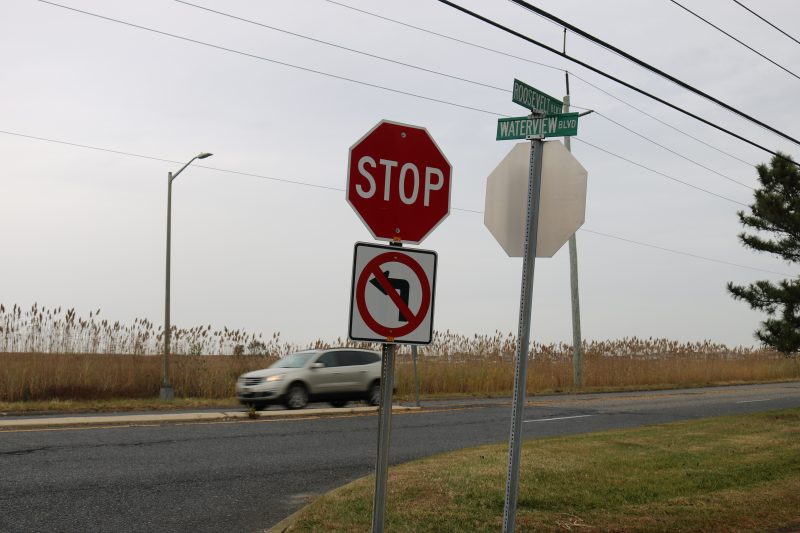
Savastano said the pumping stations would help protect Merion Park from “nuisance flooding,” but would not eliminate more severe flooding caused by strong storms.
The three pumping stations built in Merion Park during the first phase of the project have been hailed as a success.
Mozzo said that since those pumping stations were built in 2014, it now takes a few hours for floodwater to clear off the streets, compared to days before.
“Before they did this, we would spend a solid 24 hours in our house for three or four days in a row. We didn’t have our cars out. The only way to get out was to walk around in waders,” Mozzo said of Merion Park homeowners being trapped by flooding.
“Now, if we get flooding in the streets from high tide or heavy rains, it takes about five hours to clear out. It’s not perfect, but it’s better than it was,” he continued.
Mozzo, who attended Monday’s Council meeting, said was happy that Michael Baker International was awarded the contract to develop conceptual plans for the second phase of the project.
“I feel very good that it will be Michael Baker,” he said. “I looked at Michael Baker’s proposal and was very impressed with the professionalism and knowledge that their team brings with it.”
Mozzo, a retired mechanical engineer, was a leading neighborhood representative in talks with Michael Baker International and city officials for the first phase of Merion Park’s flood-mitigation project.
As he continues to monitor the progress on the second phase, he said homeowners are anxious for the project to get underway to alleviate flooding that ranges from being “a nuisance to serious.”
“We’re happy to get it going. Everybody I’ve talked to in the neighborhood is happy,” Mozzo said.
